The First Annual RPI® Group Worldwide Summit
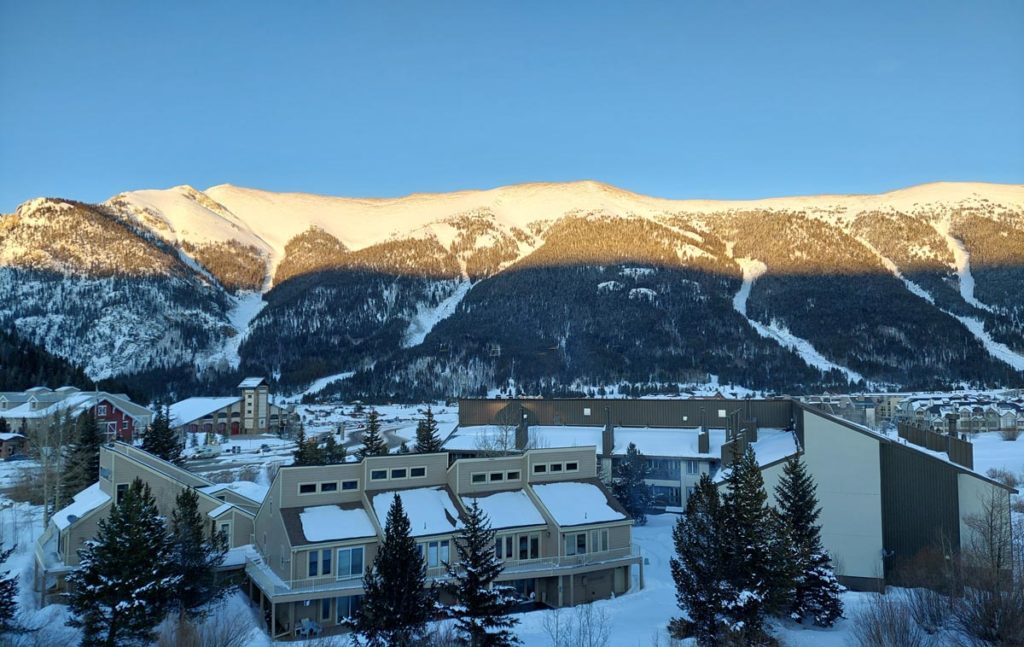
In late February, Remediation Products, Inc. (RPI®) convened the first annual RPI® Group Worldwide Summit at Copper Mountain in Colorado, USA. In attendance were representatives of the RPI® Group including RPI® from Colorado, AST Environmental from Kentucky, Ejlskov A/S from Denmark and Vertex Environmental from Canada. The main goal of the Summit was to bring together experts from around the world to share insights and brainstorm ways to continue to push the science and industry of remediation forward with the unique RPI Group approach that centers around people, process and products.
There were several days of deep technical discussions and some revelatory new products and services, including some now available in Canada and some coming soon. More on that below. But first there was some time for a little R&R.
Being in the Colorado Rockies in winter also meant that some recreational activities were in order before getting down to business.
Half of the group spent a couple of days downhill skiing at Copper Mountain:
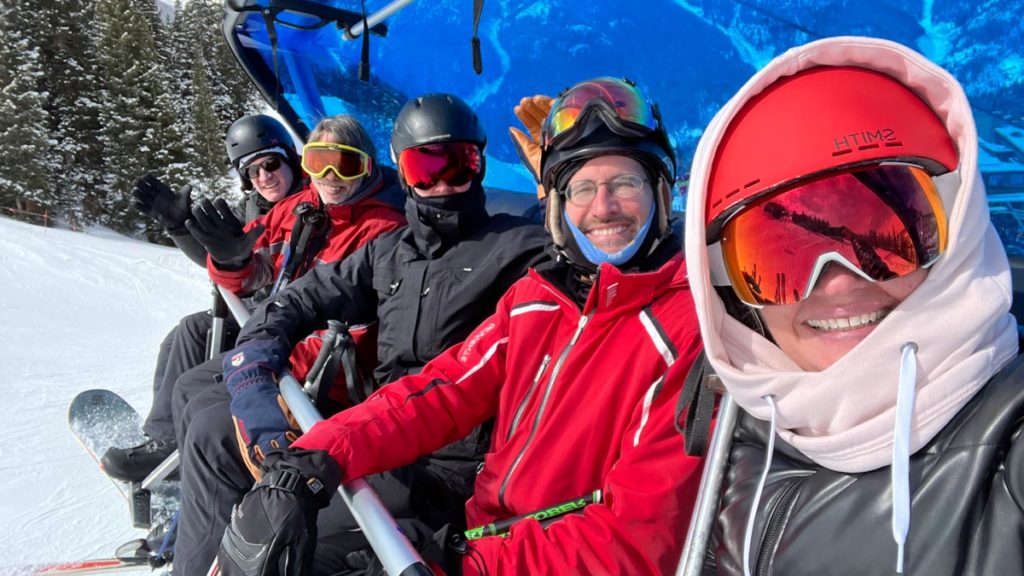
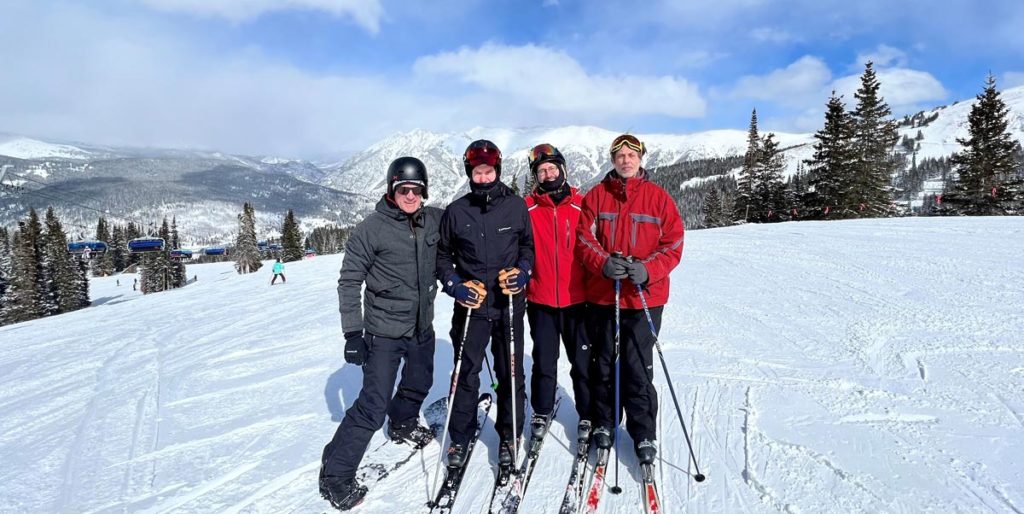
While the other half spent their time Nordic skiing, fat bike riding and snowmobiling through the mountains:
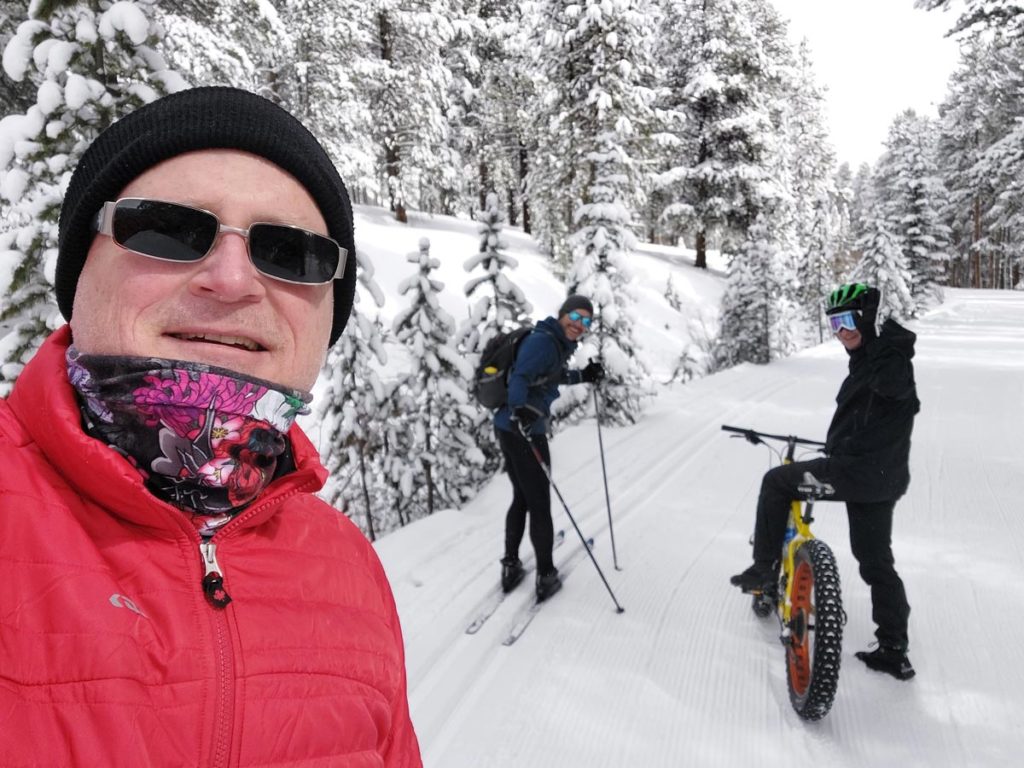
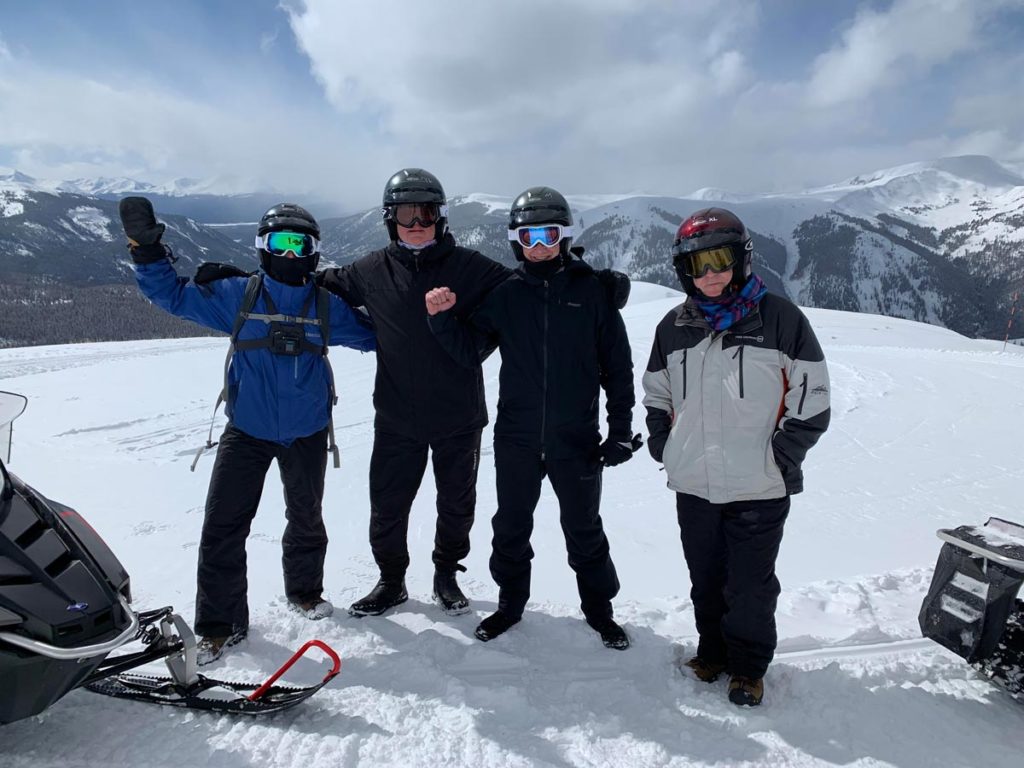
It was then time to get down to business for a couple of days of knowledge transfer and brainstorming on how to become even better as technology applicators for Trap & Treat® products. A summary of topics covered included:
- Enhancing CSMs (conceptual site models) through the use of HRSC (high-resolution site characterization) and RDC (remedial design characterization) to allow a much more detailed understanding of subsurface conditions to be developed as the basis for a comprehensive remedial design.
- Taking advantage of RPI®’s pro bono, cradle-to-grave laboratory analytical services for soil and groundwater samples as part of the upfront RDC, during remediation, as well as post-injection sample analysis for performance monitoring.
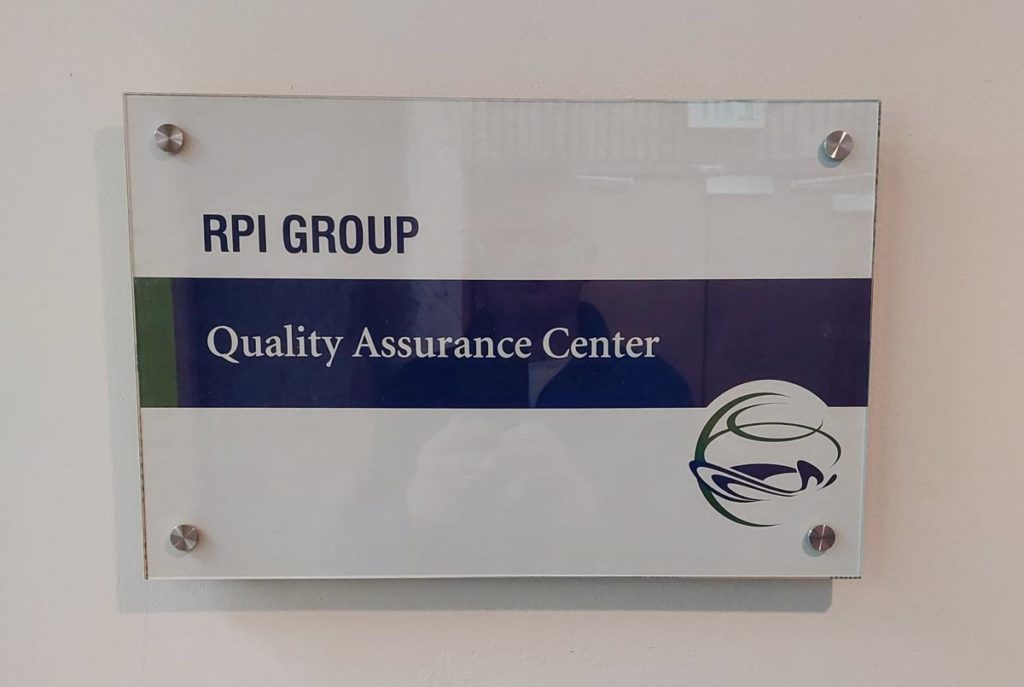
- Enhanced RDC activities that can be included in the upfront design stages when evaluating remedial options at contaminated bedrock sites, including downhole borehole logging and pilot-scale injection testing to assess the achievable radius of influence in fracture flow regimes.
- A new partnership between RPI® and another laboratory to enhance RPI®’s analytical capabilities with genetic sequencing of microbial populations under pre- and post-injection conditions as well as CSIA (compound-specific isotope analysis).
- Adoption of the GeoTAPSM pre-drill technology for sites with geologies that would otherwise be difficult to target injections using direct push technologies, such as site with dense tills, cobbles, rubble and debris, weathered bedrock, etc.
- And lastly, the much-anticipated entry of Trap & Treat® CAT 100 and BOS 200+® into the Canadian market (as described in more detail in the previous article). These technologies represent catalyzed versions of BOS 100® and BOS 200® that are designed to allow rapid remediation of sites with more recalcitrant compounds, high soil masses of contaminants, and even sites with LNAPL and DNAPL present.
At the end of the summit there was even time to check out RPI®’s analytical laboratory…
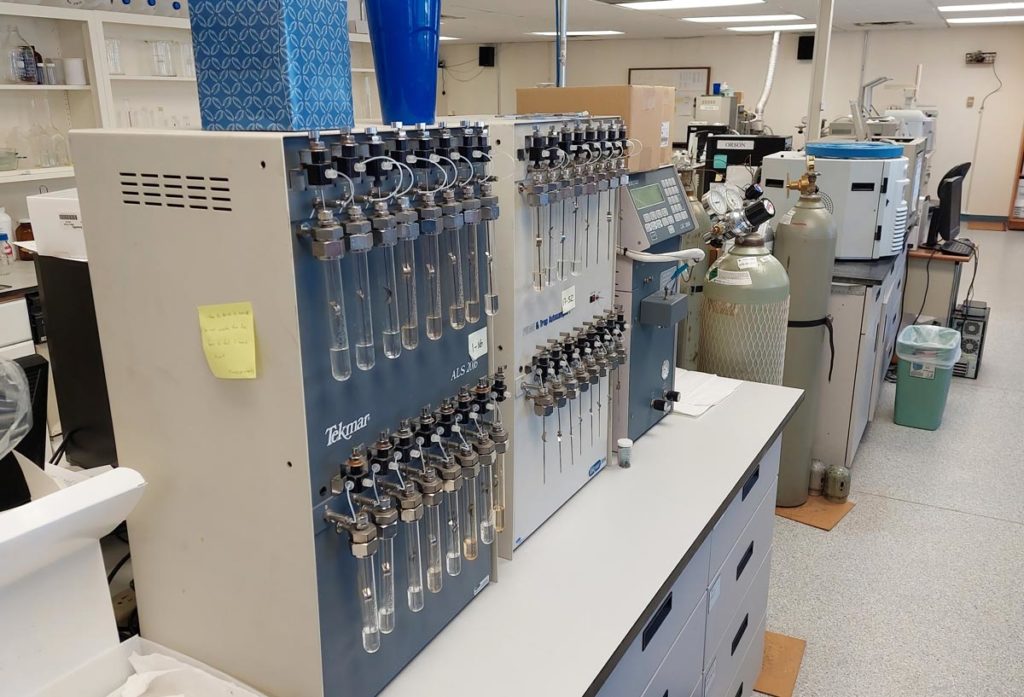
…and their impressive fume hoods! 😉
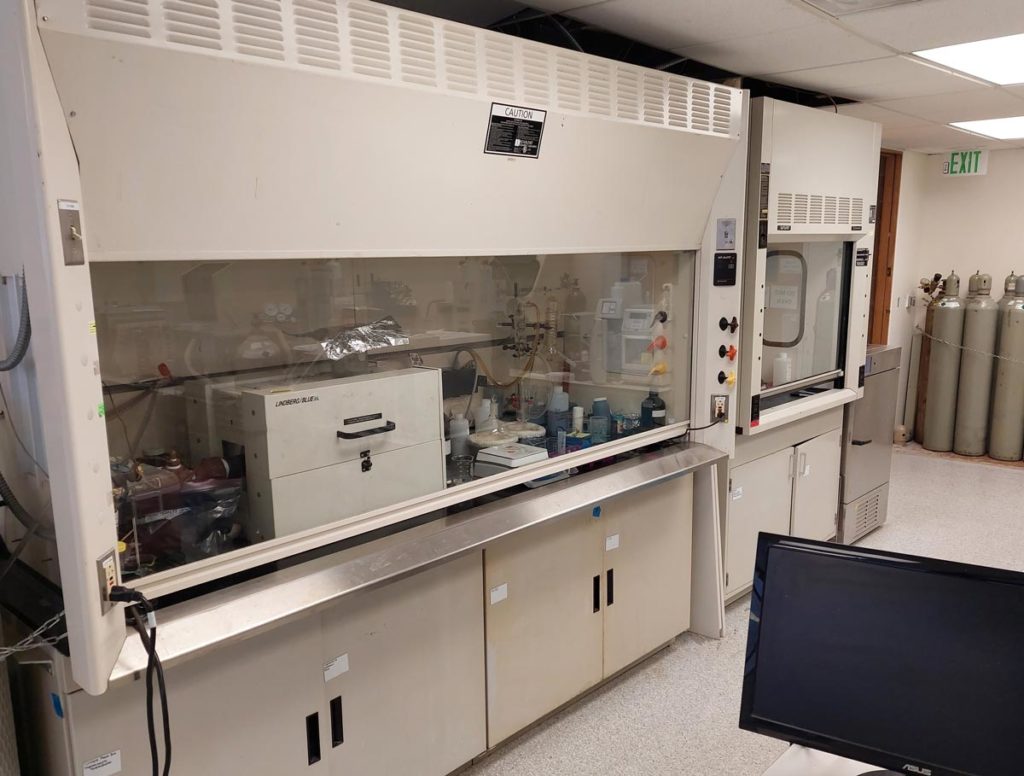
Where Bruce Tunnicliffe was even put to work!
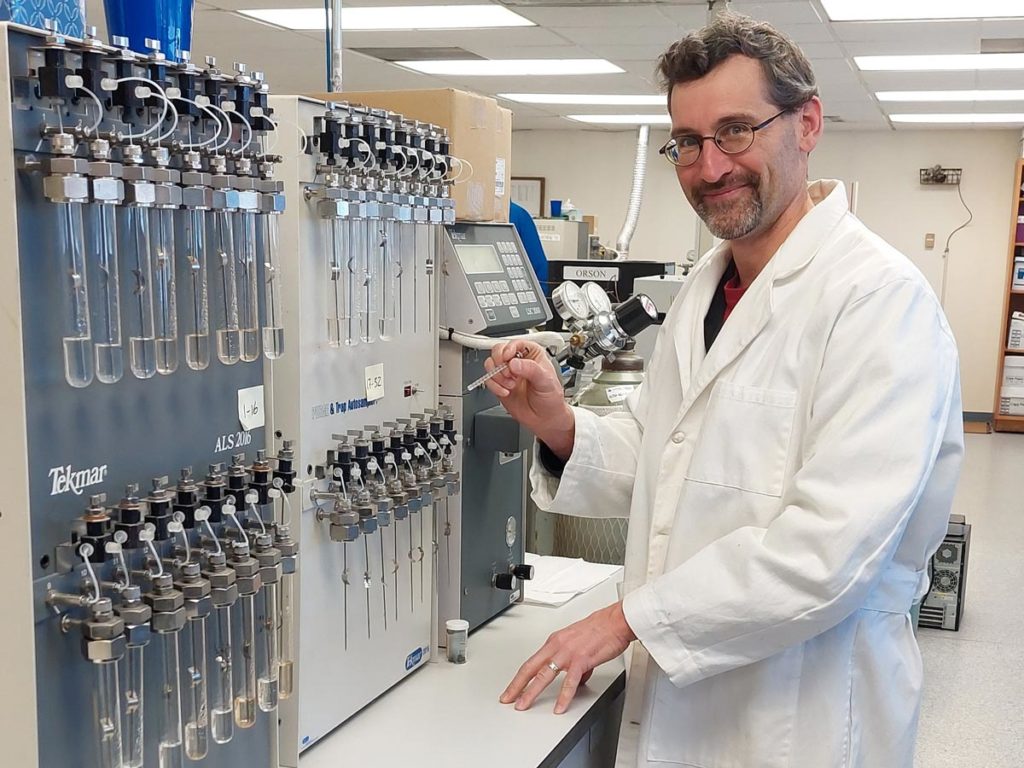
By all accounts the first annual RPI® Group Worldwide Summit was a great success. The attendees enjoyed spending a few days combining R&R, R&D and RDC with RPI®.
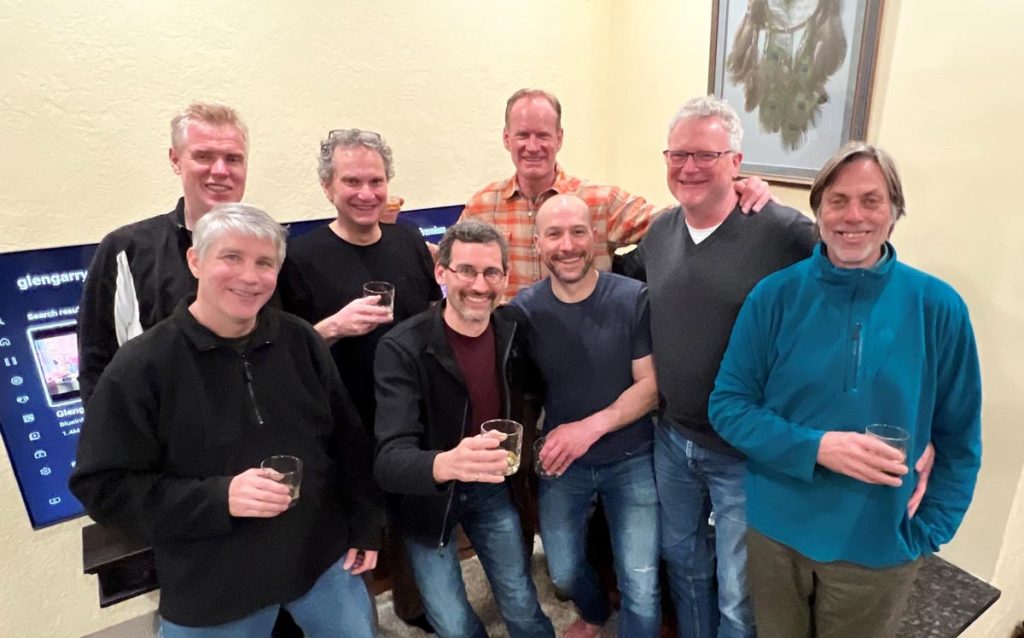
Expect even greater things in rapid and long-lasting remediation with these and other new developments in remediation.
Cheers, from Copper Mountain, Colorado!
Feel free to reach out to us any time at info@vertexenvironmental.ca if you would like to know whether the Trap & Treat® line of remedial amendments might help get rid of your contamination problems once and for all.

